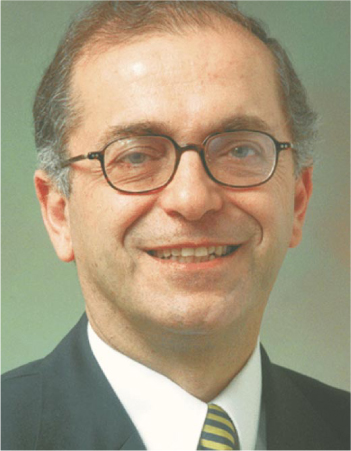Elachi named JPL director
DOI: 10.1063/1.4761828
Capping a 30-year career at NASA’s Jet Propulsion Laboratory, Charles Elachi will step into the top job on 1 May. He will succeed Edward Stone, who, after a decade at the helm of the planetary exploration lab, will return to research and teaching at Caltech, which runs JPL.
“I have in mind to keep JPL at the forefront, exercising boldness and ingenuity,” says Elachi, listing projects “that are almost impossible”: putting a permanent robotic presence on Mars, piercing the ice of Jupiter’s moon Europa, exploring under extreme radiation environments, bringing home stardust from the tails of comets.
Elachi joined JPL in 1971, after earning his PhD in electrical sciences at Caltech. His bachelor’s degree is in physics from the University of Grenoble, and he holds three master’s degrees, including one in business administration from the University of Southern California.
Elachi specializes in radar and remote sensing. He heads the team that is imaging Saturn’s moon Titan from the Cassini spacecraft. He is also involved in mapping Earth’s surface with interferometric radar. That work, he says, “will definitely shed light on the physics of earthquakes. It could have dramatic scientific and humanitarian consequences.”
“One of Elachi’s biggest challenges will be to get JPL’s estimates in line with real costs—bidding low enough to win projects, but high enough to pay for them,” says Mike Drake, who heads the University of Arizona’s Lunar and Planetary Laboratory.
Elachi will have to continue with the “faster, better, cheaper” mode, says Edward Weiler, NASA’s associate administrator for space sciences. “The revolution is not complete. There’s is always pressure to go back to the old way of business”—sending up fewer, larger, costlier missions—“but putting all of one’s eggs in one basket is a dangerous way to do business.”
The double debacle in 1999, when NASA lost two Mars missions, Weiler adds, means Elachi “has an advantage that most people don’t have— he’s known failure. It builds character and leadership.”

JPL

More about the Authors
Toni Feder. American Center for Physics, One Physics Ellipse, College Park, Maryland 20740-3842, US . tfeder@aip.org
